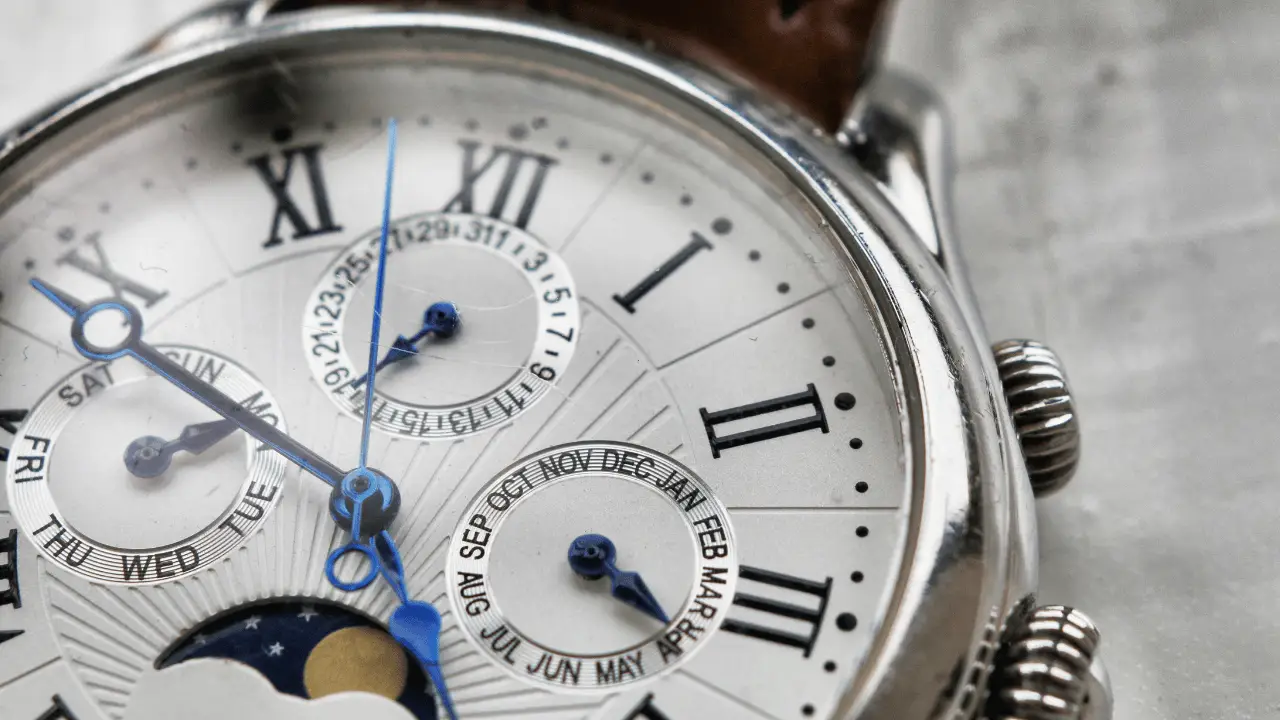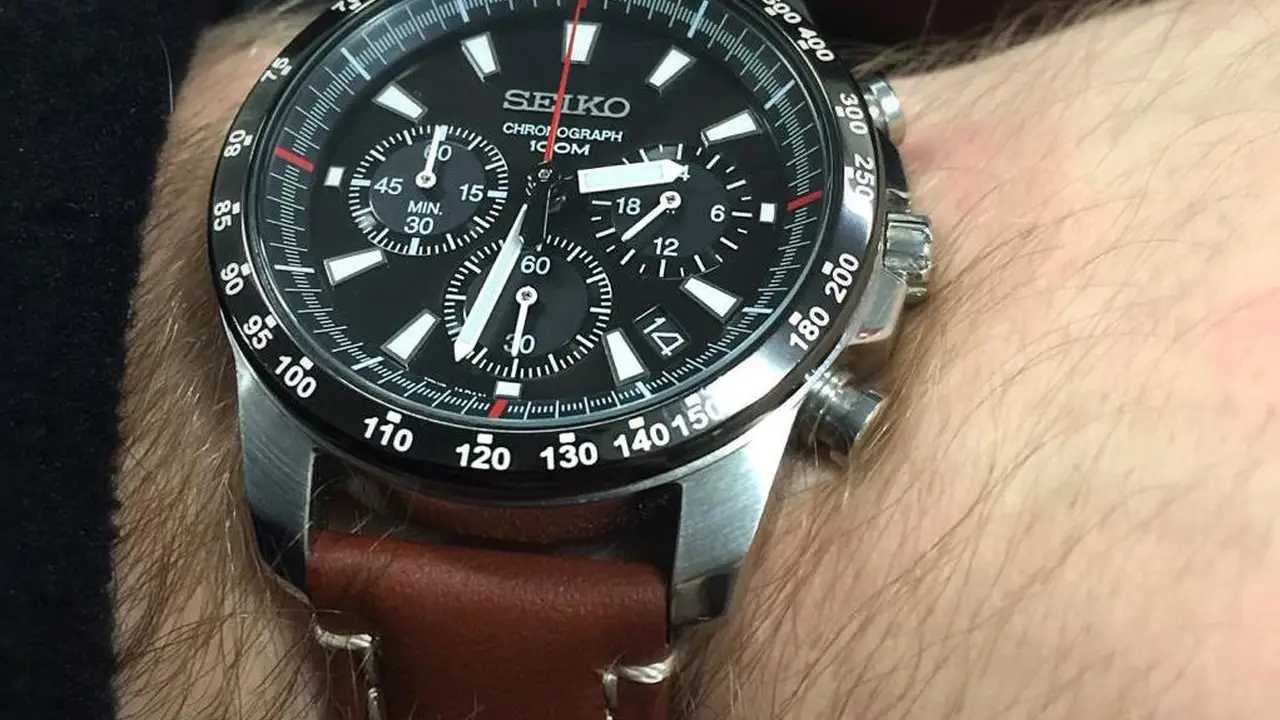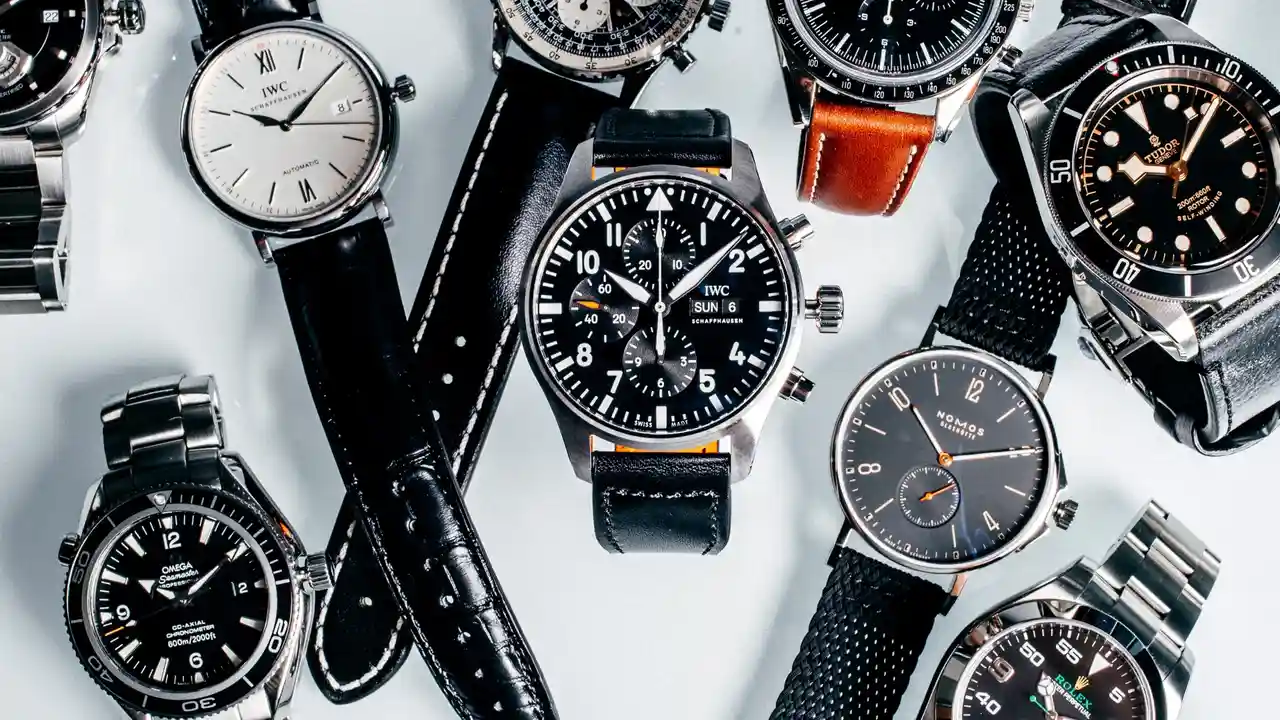A Guide to Watch Complications: What They Are and Why They Matter
A Guide to Watch Complications What They Are and Why They Matter

Understanding Watch Complications The Basics
So, you're getting into watches, huh? Awesome! But then you start hearing about 'complications' and suddenly things get a little… complicated. Don't sweat it! A complication is just any function a watch performs beyond telling the time (hours, minutes, seconds). Think of it as the watch doing extra tricks. This guide breaks down the most common and coolest complications out there, why they're useful, and why watch nerds (like us!) get so excited about them.
Chronograph Complications Timing Events with Precision
The chronograph is probably the most well-known and loved complication. It's basically a stopwatch built into your watch. You can use it to time anything: cooking, running, how long it takes your friend to tell a bad joke… the possibilities are endless! Most chronographs have subdials that record elapsed minutes and hours.
How it works: A chronograph typically has pushers (buttons) on the side of the case. One starts and stops the chronograph function, and another resets it to zero.
Why it matters: It's incredibly useful, especially for anyone involved in sports, science, or anything requiring precise timing. Plus, it looks cool!
Product Recommendation: The Seiko Speedtimer (around $700). A fantastic entry-level chronograph with a vintage vibe and a reliable movement. Great for everyday use and timing your coffee brewing.
Product Recommendation: The Tissot PRX Chronograph (around $1800). A stylish and versatile chronograph with a Swiss automatic movement. Perfect for dressing up or down.
Date and Day-Date Complications Keeping Track of Time and Date
Simple but essential. The date complication displays the current date, usually in a small window on the dial. The day-date complication shows both the date and the day of the week.
How it works: A date wheel advances once every 24 hours. Some watches require manual adjustment at the end of months with fewer than 31 days.
Why it matters: Super convenient for keeping track of your schedule without having to pull out your phone.
Product Recommendation: The Orient Bambino (around $150). A classic dress watch with a simple date complication. Affordable and stylish.
Product Recommendation: The Rolex Day-Date (starting around $35,000). The ultimate luxury day-date watch. A symbol of status and sophistication.
Moon Phase Complications Tracking the Lunar Cycle
This complication displays the current phase of the moon. It's more aesthetic than practical, but it's a beautiful and romantic feature.
How it works: A disc with two moons on it rotates beneath the dial, simulating the lunar cycle. It takes approximately 29.5 days for the moon to complete one orbit around the Earth, so the moon phase complication is geared to reflect this.
Why it matters: It's a conversation starter and a testament to the craftsmanship of the watch.
Product Recommendation: The Frederique Constant Moonphase (around $3000). A beautifully crafted moon phase watch with a classic design.
GMT and World Timer Complications Tracking Multiple Time Zones
Perfect for travelers! A GMT (Greenwich Mean Time) watch allows you to track two time zones simultaneously, while a world timer displays the time in multiple cities around the world.
How it works: GMT watches typically have a fourth hand that points to a 24-hour scale on the bezel or dial. World timers have a rotating bezel with the names of different cities.
Why it matters: Essential for anyone who frequently travels across time zones or needs to communicate with people in different parts of the world.
Product Recommendation: The Rolex GMT-Master II (starting around $11,000). The iconic GMT watch. Durable, reliable, and stylish.
Product Recommendation: The Nomos Zurich Worldtimer (around $6000). A sleek and minimalist world timer with a unique design.
Perpetual Calendar Complications Automatically Adjusting for Leap Years
The ultimate complication! A perpetual calendar automatically adjusts for leap years and the different lengths of months, so you never have to manually set the date.
How it works: A complex series of gears and levers keeps track of the date, day, month, and year, including leap years.
Why it matters: It's a testament to the incredible engineering and craftsmanship of high-end watchmaking. Plus, it's incredibly convenient (and expensive!).
Product Recommendation: The Patek Philippe Perpetual Calendar (starting around $80,000). The gold standard in perpetual calendar watches. A true heirloom piece.
Alarm Complications Waking You Up in Style
While most of us rely on our phones, a watch with an alarm complication is a classic and elegant way to wake up or set reminders.
How it works: A separate power reserve is used to power a hammer that strikes a gong inside the watch. The time is set using a separate crown or pusher.
Why it matters: A charming alternative to your phone alarm, and a great conversation starter.
Product Recommendation: The Tudor Advisor (Discontinued, but can be found on the secondary market). A modern take on a classic alarm watch with a distinct ringing sound.
Power Reserve Indicator Complications Monitoring Watch Power
This complication displays how much power is remaining in the watch's mainspring, letting you know when it needs to be wound (for manual watches) or worn (for automatics).
How it works: A small hand points to a scale indicating the remaining power reserve, usually measured in hours.
Why it matters: Prevents your watch from unexpectedly stopping, especially useful for watches that aren't worn daily.
Product Recommendation: The Longines Master Collection Power Reserve (around $2500). An elegant watch with a prominent power reserve indicator on the dial.
Understanding the Price of Watch Complications The Value Proposition
So, why do watches with complications cost more? The answer is complexity. Each complication adds to the intricate design and assembly process, requiring skilled watchmakers and specialized tools. More complications generally mean more labor, more parts, and a higher level of expertise. Think of it like building a car: a basic model gets you from point A to point B, but a fully loaded version with all the bells and whistles requires significantly more engineering and manufacturing.
Choosing the Right Complication for You Considerations and Preferences
Ultimately, the best watch complication for you depends on your individual needs and preferences. Do you need a chronograph for timing events? Or are you a frequent traveler who would benefit from a GMT watch? Consider how you plan to use the watch and choose a complication that adds value to your life. And don't forget to factor in your personal style and budget. There's a complication out there for everyone, from the practical to the purely aesthetic.
:max_bytes(150000):strip_icc()/277019-baked-pork-chops-with-cream-of-mushroom-soup-DDMFS-beauty-4x3-BG-7505-5762b731cf30447d9cbbbbbf387beafa.jpg)





